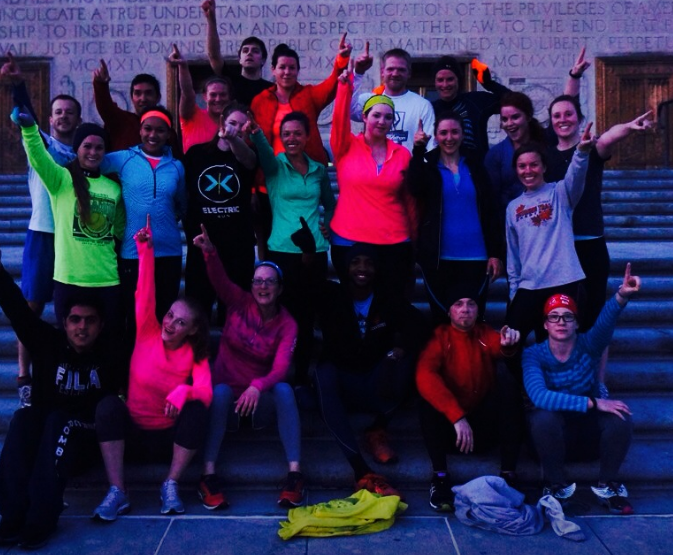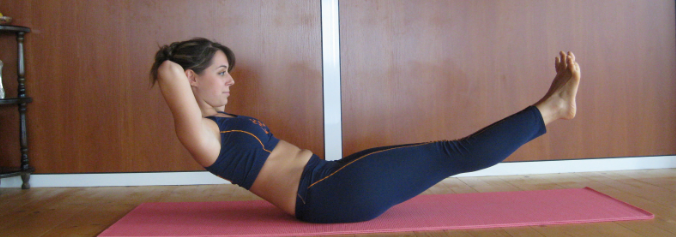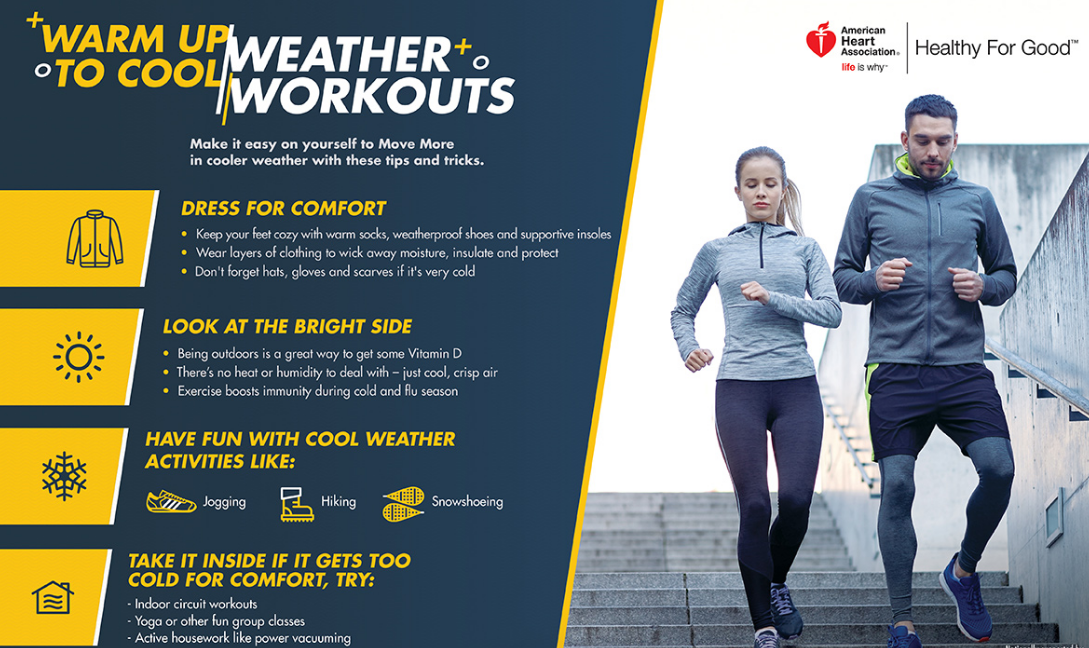The dedication and athleticism on display during the Winter Olympics is awesome to watch, both as exhilarating entertainment and as a reminder of just how impossible these feats can seem for us mere mortals.
But a few of the U.S. Olympic Team’s veteran athletes say the passion for their sport began early and with their families – and that lifelong fitness for all of us can begin the same way. In fact, more Americans already could be getting a jumpstart. Participation in winter sports grew by 5 percent this past year, according to trade association statistics.
“For me it was a family activity, to enjoy the outdoors with my siblings, parents and friends,” said cross-country skier Andy Newell, competing in his fourth Olympics. The 34-year-old Shaftsbury, Vermont, native was on skis as soon as he could walk and eventually went to a “ski academy” high school.
Kikkan Randall, the most decorated skier on the U.S. cross-country team, is continuing the legacy of fitness her parents started when she was a toddler. Her son, Breck, who turns 2 in April, already is on skis.
“My parents were great. They introduced me to physical activity, sports, being outside a lot,” said 35-year-old Randall, who grew up in Anchorage, Alaska, and is competing in her fifth Olympic Games. “My dad put me on skis the day after my first birthday, which officially, I think, was before I could walk.”
Both Randall and Newell have been credited with fostering new star skiers every season, helping to grow the U.S. cross-country team and boost its chances for a medal in Pyeong Chang, South Korea, where Opening Ceremonies on Friday kicked off the Games. A U.S. cross-country medal would be the first in more than 40 years, since Bill Koch earned silver in the 1976 Innsbruck Games.
Freestyle skier Shannon Bahrke Happe remembers those heady days of Olympic medals and pushing her body to the limit. She brought home the silver and bronze in 2002 and 2010.
“Everything we did had a purpose, and that purpose was to have the strength, to ski the moguls as fast as I could and with the best form, agility and quickness on the jumps,” said Happe, who retired in 2010. “Every single thing I did in the gym was directly related to what I wanted to do out on the hill, to reach my goal, my dream.”
Today, Happe’s exercise goals are entirely different. She runs a corporate motivational company and is the ski champion at Deer Valley Resort in Utah. She also just finished a children’s book, “Mommy, Why Is Your Hair Pink?” a riff on her pink locks and a way to inspire kids to find their own personal courage.
“Fitness changed completely,” said Happe, who is five months pregnant and has a 4-year-old daughter, Zoe. “Instead of having all the time in the day to do what I wanted and have fun, I would have one hour a day, and I had to make it count.”
She found a gym with childcare and even a class her daughter can attend. “It’s about teaching my daughter that it’s not something we just talk about,” she said. “It’s fun and can be done with friends. It’s a lifestyle thing.”
For further information check out the website: https://news.heart.org/becoming-an-olympian-probably-not-but-lifelong-fitness-is-still-within-reach/









